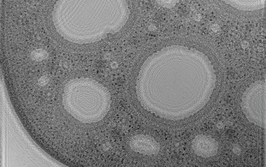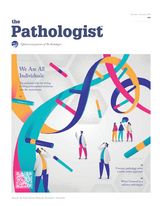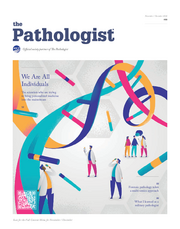
127 (Glaucoma) Genes Later
Exploring the pathogenesis of primary open-angle glaucoma
The largest genome-wide, multi-ethnic meta-analysis of primary open-angle glaucoma (POAG) – one of the leading preventable causes of blindness – has published its findings (1). From analyzing 34,179 cases and 349,321 controls, the researchers identified 127 risk loci for POAG – 44 of which were previously unreported.
Using gene-based tests, they also highlighted additional risk loci and revealed genes that may contribute to POAG pathogenesis, including SVEP1, RERE, VCAM1, ZNF638, CLIC5, SLC2A12, YAP1, MXRA5, and SMAD6. “These new findings come out of the highest-powered genome-wide association study of glaucoma to date and show the power of [...] using big data to answer questions when research groups around the world join forces,” said co-senior author on the study, Janey L. Wiggs (2). “The number of genes identified will lead to the discovery of new biological pathways that can lead to glaucoma and, in turn, new targets for therapeutics.”
The meta-analysis stands out not only for its large size, but also for its inclusion of multiple ancestries. Most of the identified loci had consistent effects across European, Asian, and African ancestries – demonstrating a strong cross-ancestry association for POAG.
“Glaucoma rates are highest in African and Asian ancestry groups, but the largest genetic studies of glaucoma in the past focused on people of European ancestry,” said lead author Puya Gharahkhani (2). “Those studies showed genetic tests could be used to help identify who would benefit from sight-saving early monitoring or treatment, but because of the narrow scope of the genetic data, we weren’t sure until now that the genetic indicators were true for people of different ancestries.”

- P Gharahkhani et al., Nat Commun, 12, 1258 (2021). PMID: 33627673.
- Massachusetts Eye and Ear (2021). Available at: http://bit.ly/2Oaro1r.
During my undergraduate degree in psychology and Master’s in neuroimaging for clinical and cognitive neuroscience, I realized the tasks my classmates found tedious – writing essays, editing, proofreading – were the ones that gave me the greatest satisfaction. I quickly gathered that rambling on about science in the bar wasn’t exactly riveting for my non-scientist friends, so my thoughts turned to a career in science writing. At Texere, I get to craft science into stories, interact with international experts, and engage with readers who love science just as much as I do.




















